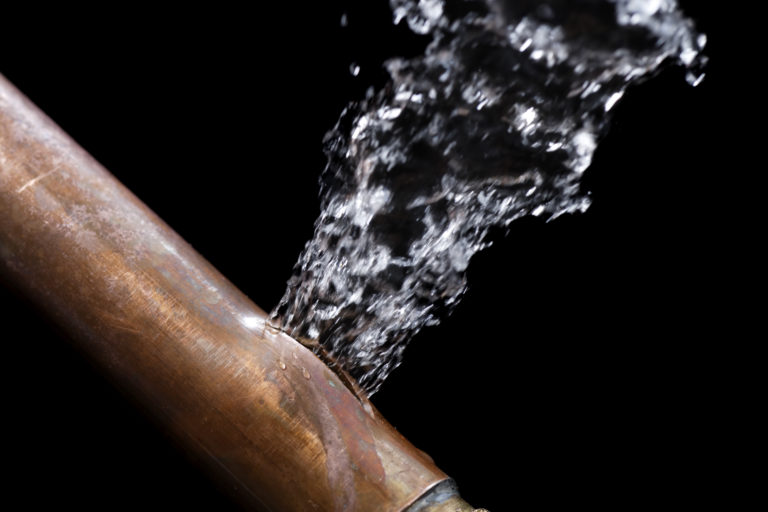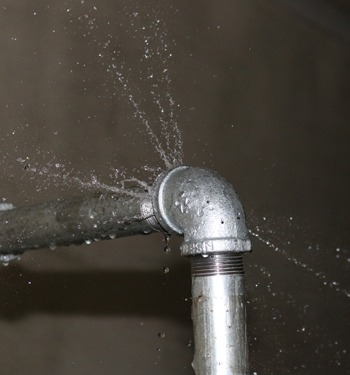What're your concepts on How to Install and Connect a New Dishwasher?

A ruptured pipe is a major emergency; you can only stand as you enjoy water you pay a lot to rejoin with the earth. In worse instances, you notice a pool on your kitchen area flooring, which is a great trip risk, specifically if you have youngsters around. If the pipe that ruptured was in your walls, bad news: you might need to repaint that entire section.
Exactly how can a catastrophe like a ruptured pipeline be protected against and managed? Well, by listening to your professional emergency plumbers and also following these rules.
How do I know when my pipes have burst?
Varying water pressures
Pipes do not just burst in a day. You may have discovered that your kitchen area faucet or shower does not run quickly when you transform the tap. It might stop for a couple of secs and afterwards blast you with even more pressure than normal.
In various other circumstances, the water may seem regular in the beginning, after that decrease in pressure after a few seconds.
Wet walls and water discolorations
Prior to a pipeline bursts, it will leakage, the majority of times. If this consistent dripping goes unnoticed, the leak may finish right into a large laceration in your pipe. One easy method to avoid this emergency is to look out for wet wall surfaces advertisement water discolorations. These water spots will lead you right to the leak.
Puddles under pipelines and also sinks
When a pipeline bursts, the outflow develops a puddle. It may show up that the pool is growing in size, and also despite the number of times you mop the puddle, in a couple of mins, there's one more one waiting to be cleansed. Commonly, you may not be able to map the pool to any type of visible pipelines. This is an indication to call a professional plumber.
Untraceable dripping sounds
Pipe bursts can happen in one of the most undesirable locations, like within concrete, inside walls, or under sinks. When your house goes silent, you may have the ability to hear an annoyingly consistent dripping sound. Also after you've inspected your shower head and cooking area tap, the dripping might continue.
Beloved visitor, the dripping might be coming from a pipeline inside your walls. There isn't much you can do about that, except inform a professional plumber.
Shut down the Water
When water ices up, it expands in quantity by about 9 percent. And also it broadens with significant force: The pressure inside pipelines may go from 40 pounds per square inch to 40,000 psi! No pipeline can hold that much pressure, so it bursts. The break may take place where the ice forms, yet more often, it takes place where water pressure locates a vulnerable point in the pipeline. That may be inches and even feet from the icy area. Locate the water shutoff valve and switch off the water to prevent even more damage. You may also need to shut down the electrical power too, depending on where the leaks happens and exactly how large it is.
Contaminated water
Many individuals assume a burst pipeline is a one-way outlet. Rather the contrary. As water spurts of the hole or laceration in your plumbing system, impurities locate their way in.
Your water may be infected from the source, so if you can, inspect if your water container has any issues. Nonetheless, if your drinking water is supplied and also purified by the city government, you should call your plumber promptly if you see or scent anything funny in your water.
What do I do when I find a ruptured pipeline?
Your water meter will continue to run also while your water wastes. To minimize your losses, find the primary controls and also transform the supply off. The water mains are an above-ground framework at the edge of your property.
How to Fix & Detect a Leaking Pipe
How Do I Know if a Pipe is Leaking?
Leak detection tests can help you determine if your pipe has a leak. Even if you don’t see an apparent leak, you should still conduct leak detection tests regularly to save water and money—and prevent major damage to your home.
Water meter. It can be helpful to figure out what your usual water meter usage numbers are and then monitor them regularly. To monitor your meter, first, turn off all water faucets in your home. Check the meter and write down the numbers. In a few hours, check the meter again. If the numbers have changed, you have a leak. Water gauge. Use a water gauge to test your water pressure. Your showerhead should produce a certain amount of water pressure based on its model and design. If the pressure is lower than it is supposed to be for that specific showerhead, your home likely has a leak. Puddles. Look inside your bathroom, laundry, and kitchen sink cabinets. Puddles around the cabinets or around toilets, tubs, showers, and washing machines indicate the presence of a leaking pipe. You may also notice loose tiles, peeling or flaking paint, or mold caused by water accumulation. Napkin test. Even if you don’t see any puddles, you may still have a leak. You can test for water leaks in the bathroom, laundry, and kitchen by wiping below-sink connections with a napkin, paper towel, or piece of toilet paper. If it becomes damp, you probably have a leaking pipe under the sink. Discolored walls. Walls that are discolored—usually with brown or yellow stains—or bulging might mean that they have been impacted by water damage caused by a leaking pipe. Smell. A leaky pipe will create sitting water, and over time, that water may develop a musty smell. If your home smells musty, but you can’t locate the source, it may be due to a leak. Steps for Fixing a Leaking Pipe
A leaky drain can be remedied by tightening the pipe base, replacing the drain seal, caulking the rim, and tightening the pipe nut. Similarly, a leaking toilet pipe can be treated by tightening the packing nut. You may also need to replace the valve. A leaky faucet may just need tightening or replacement of the washers. If that doesn’t work, consider replacing your faucet. If your pipe has a hole in it, you may want to use a pipe leak sealer or pipe leak tape. This quick fix for water pipe leaks can also temporarily fix a copper pipe leak. https://www.ahs.com/home-matters/quick-tips/how-to-tell-if-pipes-are-leaking/

I hope you enjoyed reading our post about How to install a dishwasher safely. Thank you so much for taking time to read our blog post. Appreciated our blog posting? Please share it. Help another person discover it. Many thanks for your time. Don't hesitate to stop by our website back soon.
Get An Estimate